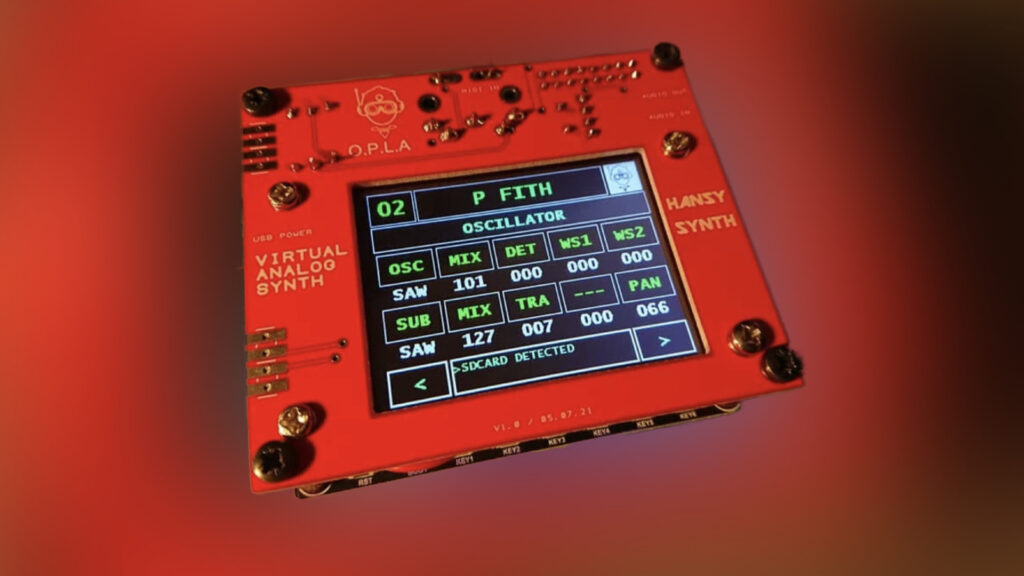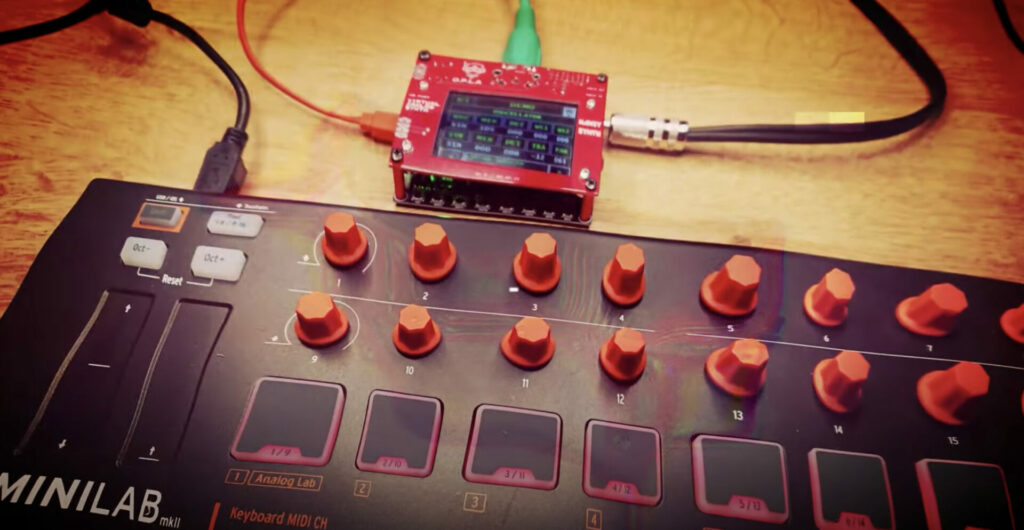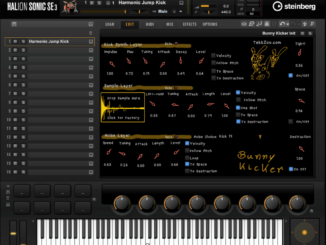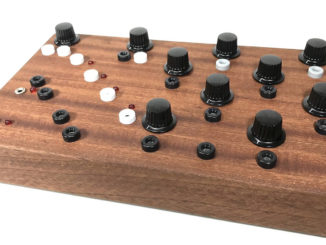Hansy Synth OPLA is a new pocket-sized DIY Synthesizer powered by a 4-voice virtual analog engine with 3 oscillators, 4000 waveforms & more
The French developer Gilles Lacaud aka Hansy Synth is a nice example that shows how interesting and wide the market for independent synthesizers can be. With his release the Mister M, a wave player (sample player), or the Hansy1010 hybrid synth, he has shown very own concepts for synths and electronic instruments in the recent past.
For his latest project, OPLA or O.P.L.A, he goes into digital synthesis.
Hansy Synth OPLA
OPLA (O.P.L.A) is a new virtual analog Synthesizer with 4 voices. It’s bright red, rough, and direct. The circuit board on which the touch display is attached automatically also serves as a case.
The core consists of three digital oscillators (2 OSC + 1 sub) per voice with detune and transpose. In these, you can find classic waveforms but also very unusual ones. Thanks to a license, Hansy Synth is allowed to use the 4000 waveforms from the Adventure Kit collection (AKWF). This nice step significantly expands the sound spectrum of the synth. Plus, you get waveshaping for additional flexibility.
Then, it has a filter, yes also digital, with 4-pole and 2-pole characteristics including LP, HP, BP, and NP. To finalize your sounds, you have a delay and reverb processor onboard. However, the reverb is the only effect available in poly mode.
Gilles Lacaud (Hansy Synth) has also implemented a modulation engine in his new red pock-sized synth. It comes with three ADSR envelopes, one unipolar for the amp, one for the filter, and another bipolar for the pitch. With the latter, you can achieve portamento/glide effects, for example.
Cool, all three envelopes have a loop function between the attack and decay. Further, you have 2 multi-wave LFOs with multiple destinations and different modes including free, sync, and one shot.
Connectivity
The synth offers mod wheel/aftertouch assignments for expressive control as well as different play modes. You can play it in polyphonic, paraphonic, or monophonic. As I already mentioned, the polyphonic mode is limited to one effect (reverb) that could be a little downer.
On the connection side, OPLA has a micro USB port for power, a microSD card slot, a classic MIDI in socket, and a 3.5mm stereo output. You can use a simple USB charger (5VDC) to power the synth. A micro USB port in 2021, yes you know my opinion about this topic. A touch display is there for operation, don’t panic, if you don’t like it there is full MIDI CC support. So you can control the synth remotely or with a MIDI controller.
The OPLA hardware and engine are open-source which is a very nice gesture. So this can be the start of something big if it meets a developer with a bigger idea.
After Fred’s Lab ZeKit, OPLA is another lovely, small DIY Synthesizer project for little money. A completely different engine, different operation, but not less exciting. But they have two things in common: they come from independent French developers and are open-source.
Hansy Synth OPLA will be available as a DIY kit for 50€/90€ (video) or as an assembled version for around 100€. I must re-check the prices with Gilles Lacaud as the website says other prices as the video cover. The early-bird versions will be out in October.
More information here: Hansy Synth






Be the first to comment